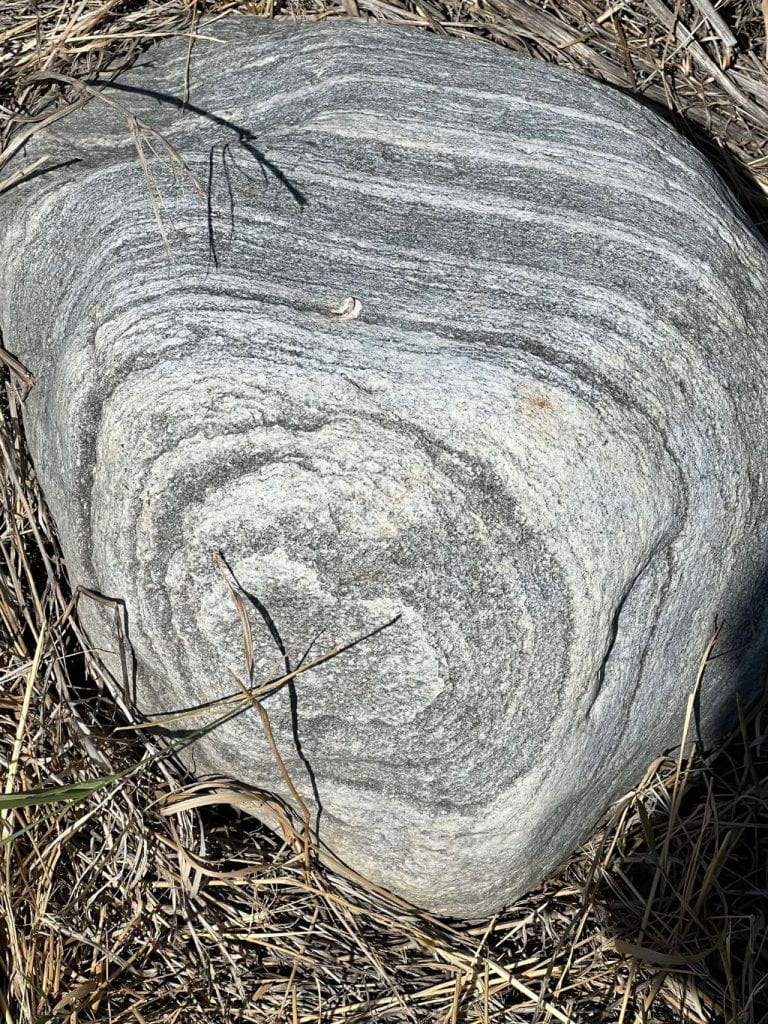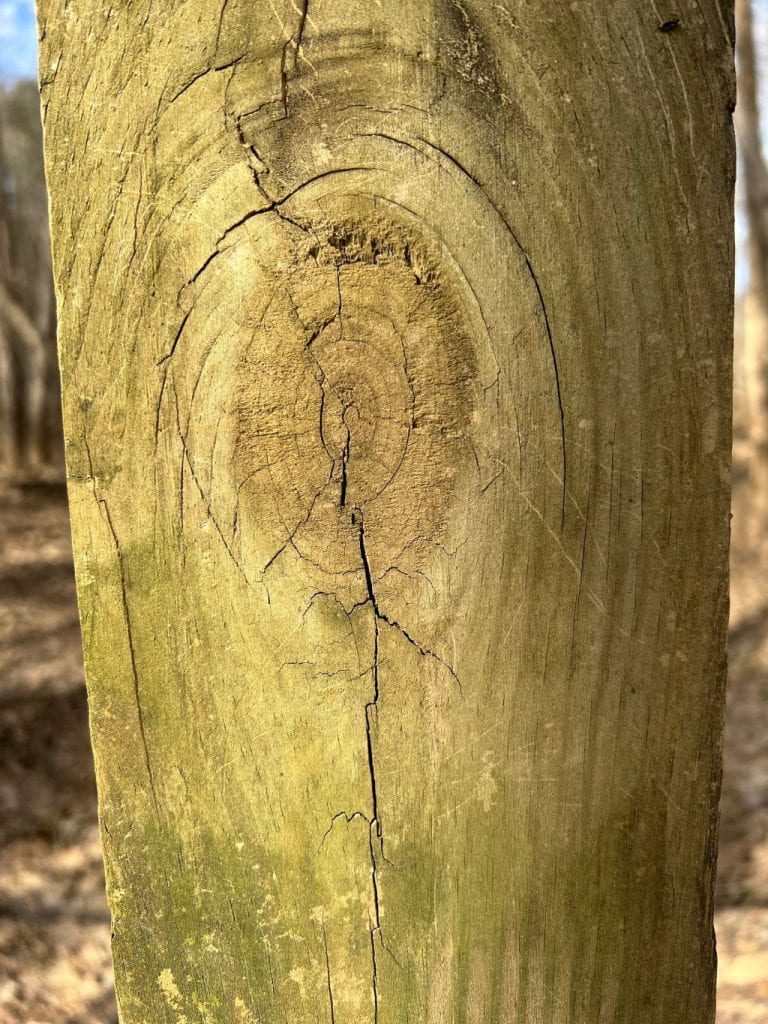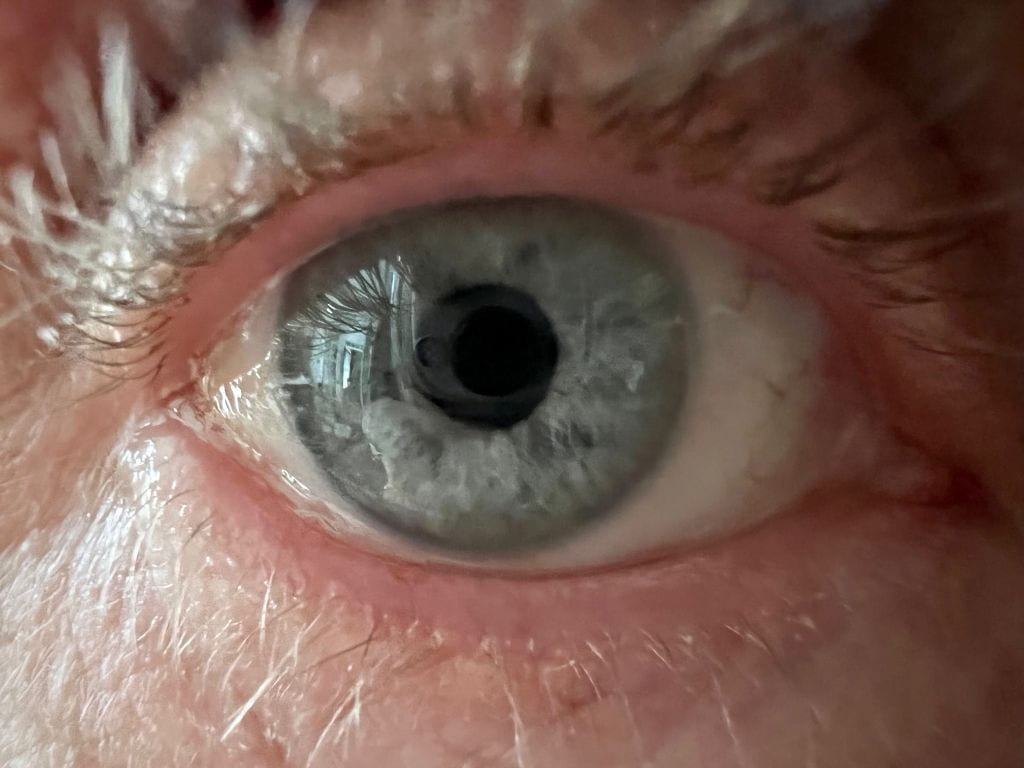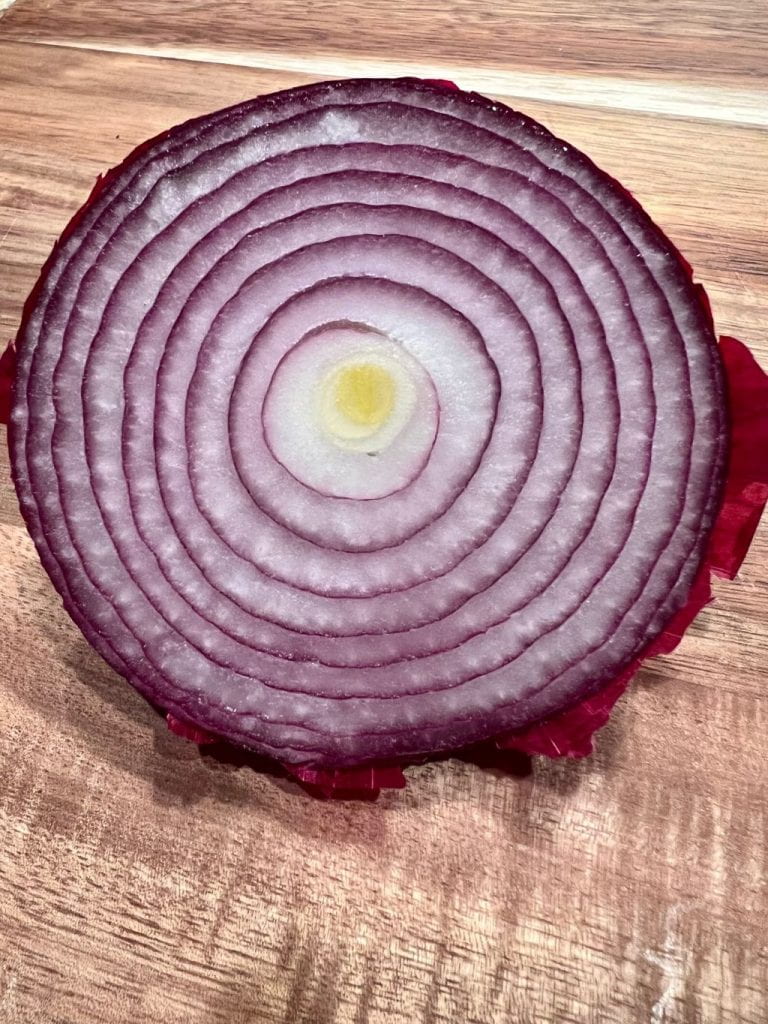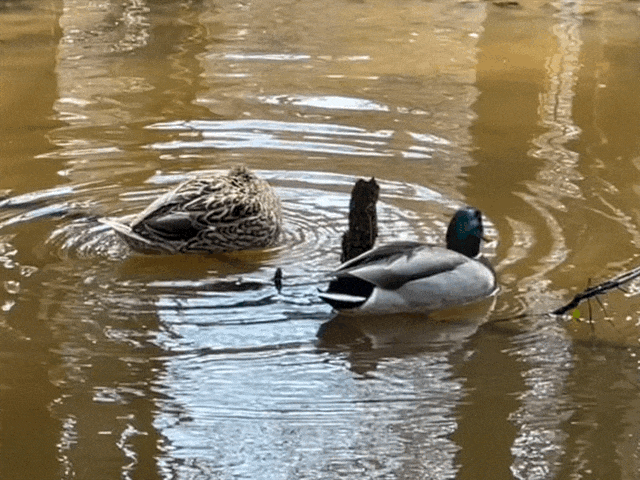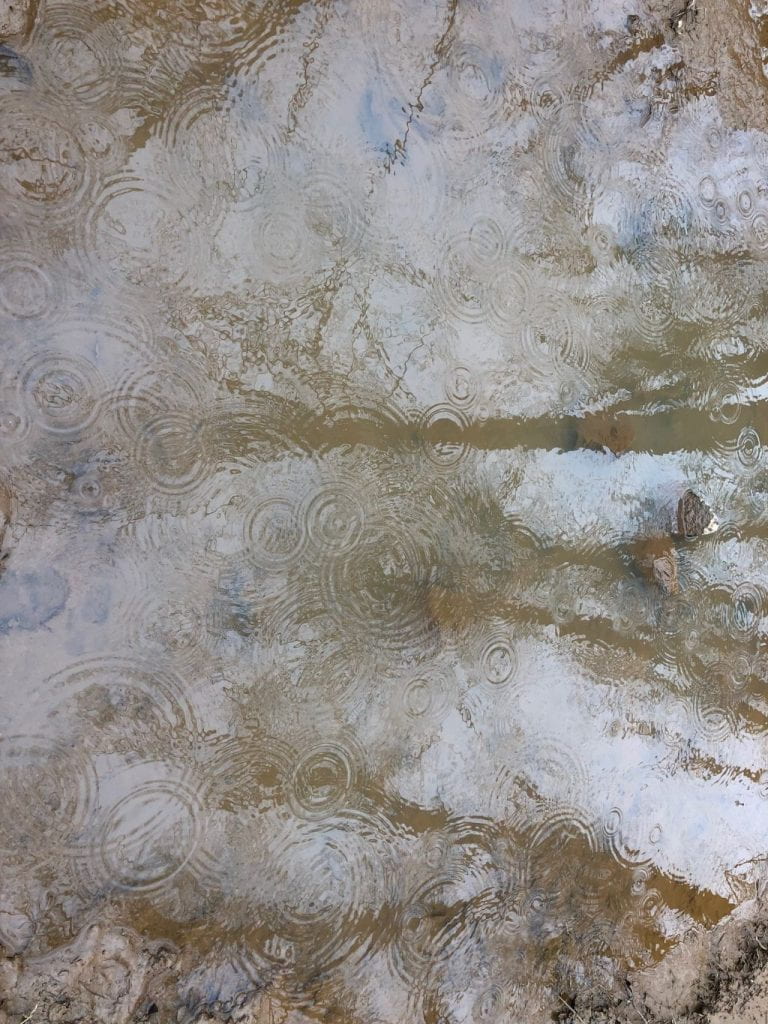Concentric Circles – Patterns in Nature
Having something intentional to find on my hikes or in nature always improves my observational skills. Ask your students or children to look for concentric circles. What are concentric circles? Many students in the United States are familiar with the Target Store logo, so use it as an introduction. Click here to view the following video full screen.
I have surmised over the years that most children don’t know how to use a compass, so teach your students how to make concentric circles with a compass and increase their understanding of geometry and measurement skills.
I found these concentric circles inside the carrot I ate for lunch.
Some people have concentric circles (whorls) on their fingerprints. Click here to go to a fingerprint lab. Are there any concentric circles in outer space?
Let’s focus on the concentric circles (capillary waves) created when an object drops in water. Take a walk in the rain and notice how circles are formed as drops hit the water. “Some people walk in the rain and others just get wet.” (Roger Miller)
Let’s watch in slow motion. Click here to view full screen.
Investigate dropping objects of various sizes, weights, and shapes into different depths of water, and compare how the concentric circles change. What happens when one set of ripples hit another? Do this outside by dropping natural objects in a pond, a child’s pool, or a puddle. Inside, fill a shallow tub of water and collect small objects to drop, such as a penny. Use bath time to investigate this phenomenon. Do objects that float still create ripples?
Take and print a photo of the concentric circles that form when an object drops in water and then measure the space between each circle. That space is called the annulus. What did you learn?
Inspire your children to create artwork using Kandinsky’s concentric circles. Click here to view full screen.
Another option would be to have each child fill one square with circles and then put the individual circles together to complete a cooperative piece of artwork. Go outside and fill the squares that divide a sidewalk with chalk concentric circles. These circle activities would be perfect for International Dot Day.
Share on Valentine’s Day or anytime! Click here to view full screen.
